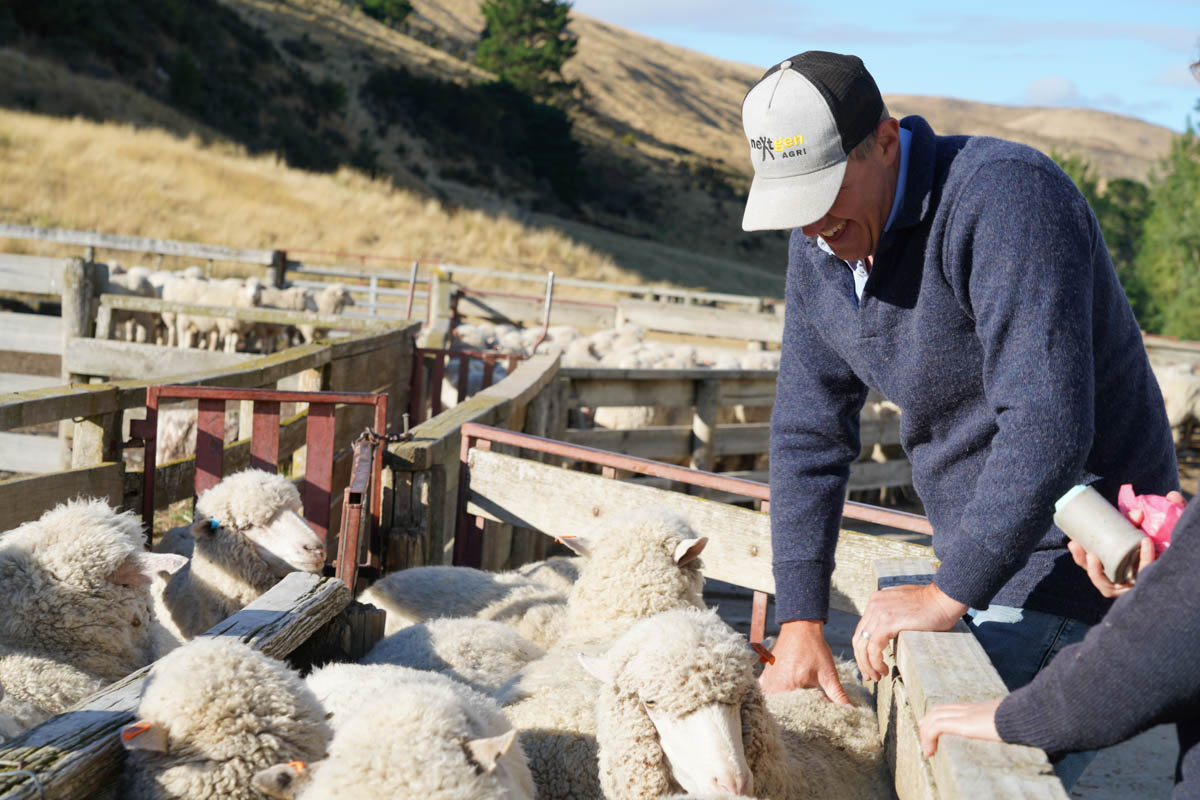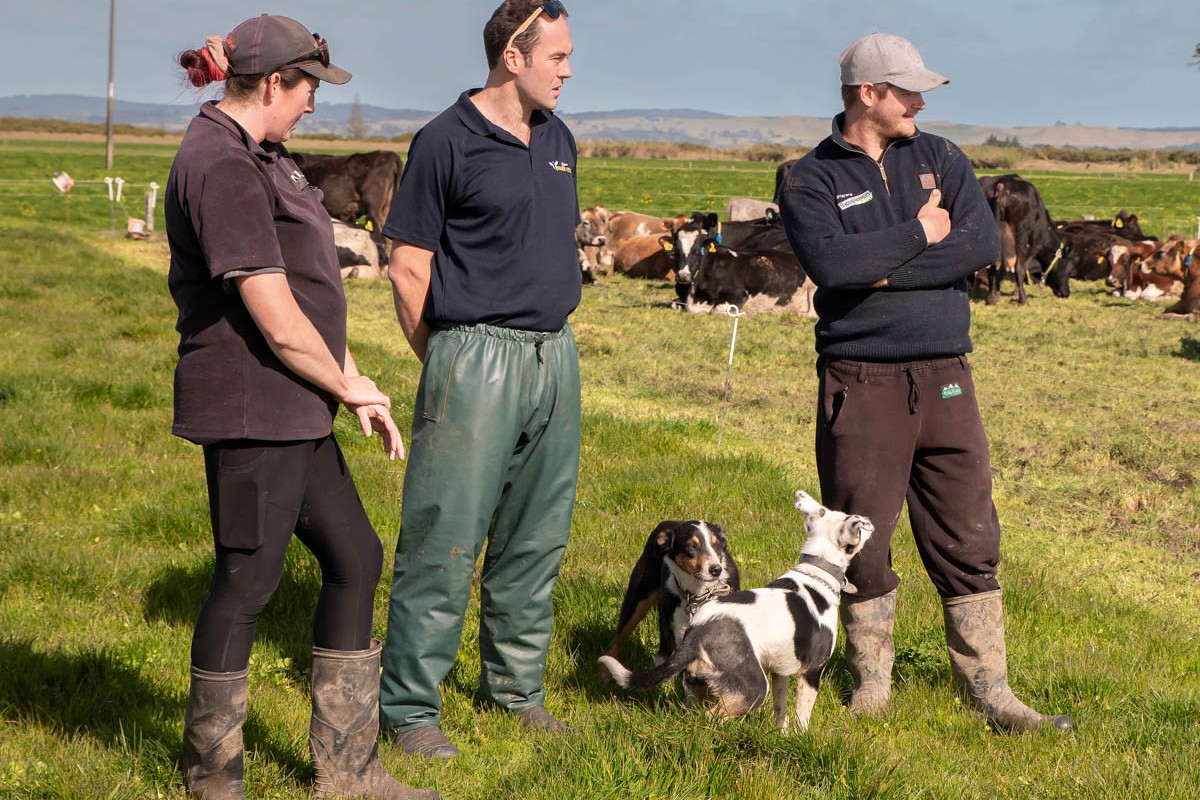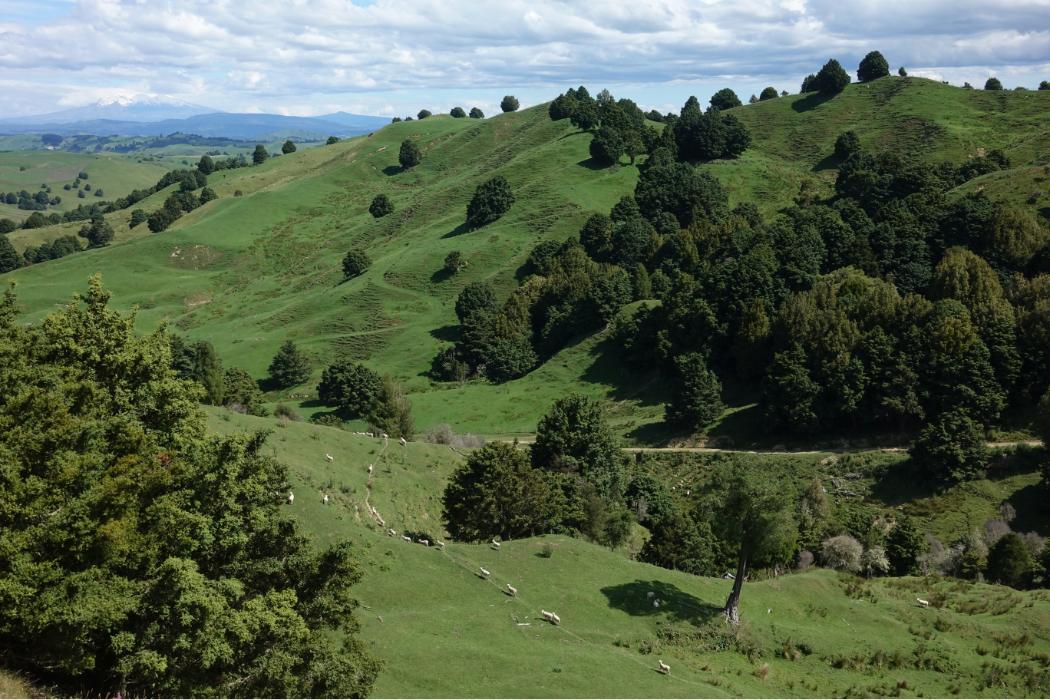Andrew Swallow
Potential environmental and soil fertility benefits of dung beetles have been widely reported but were you aware they could also slash internal parasite contamination of pasture?
During a recent webinar series, Landcare Research’s Dr Simon Fowler explained how the beetles’ chewing action destroys most of the eggs of internal parasites shed in dung.
He said the beetles also break up pats causing them to dry out faster. While initially that may boost egg hatch, overall the effect appears to be beneficial as fewer L1 and L2 larvae survive long enough to mature into the hardier, infective L3 stage.
Fowler also down-played the sometimes raised concern that burial of dung by beetles can increase worm challenge due to a so-called “time-bomb” effect, where buried eggs hatch en masse after rain, and subsequently surface as L3 larvae. Far fewer eggs and larvae present in the buried dung than would have been had the beetles not been present. Also the beetles usually bury their brood-balls of dung much deeper than the 10cm or so from which L3 larvae are able to migrate to the surface.
“They can migrate further in sandy soil but in heavy clay, not so far.”
Speaking to Country-Wide after the webinar, he said in trials where L3 larvae had emerged from much deeper than 10cm it was probably because they had migrated up the side of soil core containers (lysimeters) rather than through the soil itself.
“The existing data suggests dung beetles are highly beneficial [for internal parasite reduction] but there are gaps in our knowledge.”
One researcher seeking to address some of those gaps with a study sponsored by the Miss E L Hellaby Indigenous Grasslands Research Trust is Emma Curtin, a post-graduate student at Otago University.
Her PhD focuses on benefits of dung beetles that were outlined in ERMA’s 2011 decision report approving their release. Do they provide the same soil structure and composition benefits to indigenous grasslands and lowland pastures on Otago farms as seen overseas? Does that reduce nutrient leaching and runoff? Do introduced dung beetles affect the biomass and abundance of earthworms? Can dung beetles effectively break the life cycle of intestinal worms?
 Dr Shaun Forgie of Dung Beetle Innovations is convinced they can. Besides at least a dozen overseas articles showing that dung beetles reduce worm challenge, in trials on three soils near Auckland he and Fowler, with several co-authors*, found a mean 71% reduction in infective nematode (ie intestinal worm) larvae on pasture surrounding dung beetle infested cow pats compared to those without beetles. The mean was despite little difference in nematode numbers between treatments on sandy loam soil. There were more substantial differences between treatments on clay loam and compacted clay soils resulting in the net 71% reduction across all three soil types.
Dr Shaun Forgie of Dung Beetle Innovations is convinced they can. Besides at least a dozen overseas articles showing that dung beetles reduce worm challenge, in trials on three soils near Auckland he and Fowler, with several co-authors*, found a mean 71% reduction in infective nematode (ie intestinal worm) larvae on pasture surrounding dung beetle infested cow pats compared to those without beetles. The mean was despite little difference in nematode numbers between treatments on sandy loam soil. There were more substantial differences between treatments on clay loam and compacted clay soils resulting in the net 71% reduction across all three soil types.
However, Agresearch’s Dr Dave Leathwick cautions against pinning too much hope on dung beetles to reduce livestock worm burdens in New Zealand. Much of the overseas research has been in hot, often dry, countries and of the few NZ studies, several have shown no benefit or a small increase in larval numbers associated with dung beetles.
He said unless dung beetles turn out to be phenomenally effective at destroying worm eggs and larvae in New Zealand conditions, and are active for eight or nine months of the year, they’re unlikely to reduce the challenge to livestock sufficiently to make a difference.
“My view is the jury is still out. The evidence to date is not compelling.”
Effects are also likely to be dung beetle species specific, and dependent on high densities of the right species of beetles being present at the same time as livestock are shedding high numbers of eggs.
*Forgie et al, Journal of Ecological Entomology, 2018.
DRENCHES AND BEETLES
Dung from recently drenched livestock can be toxic to dung beetles, particularly a week or so after treatment, so Forgie says avoid putting recently drenched stock in paddocks with newly established dung beetle colonies.
Once beetle numbers have built up and spread across the farm then drenching is less of a problem as beetles will repopulate from other areas. That’s expected to take 5-6 years in most situations but some farms have seen much more rapid establishment, he notes.




